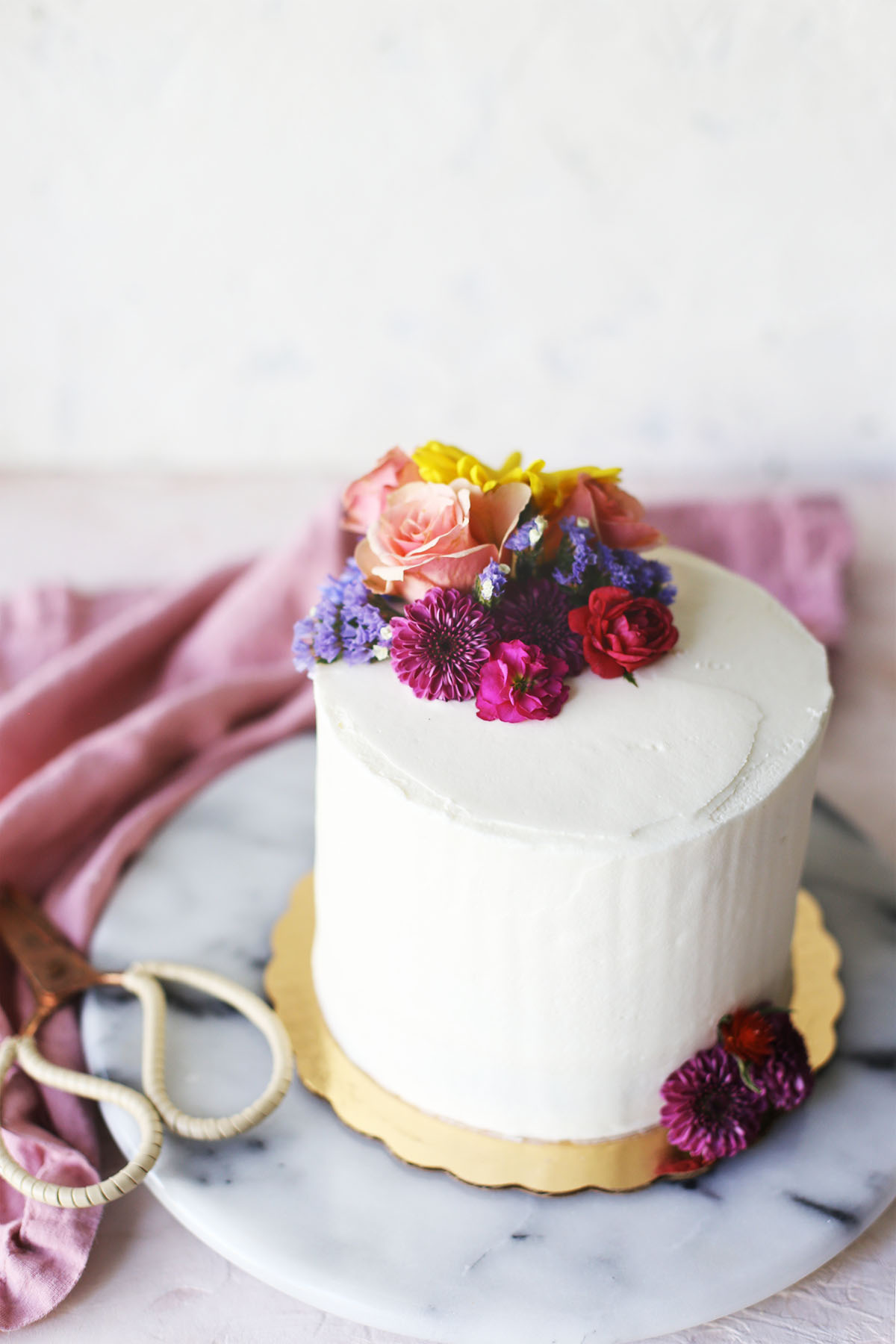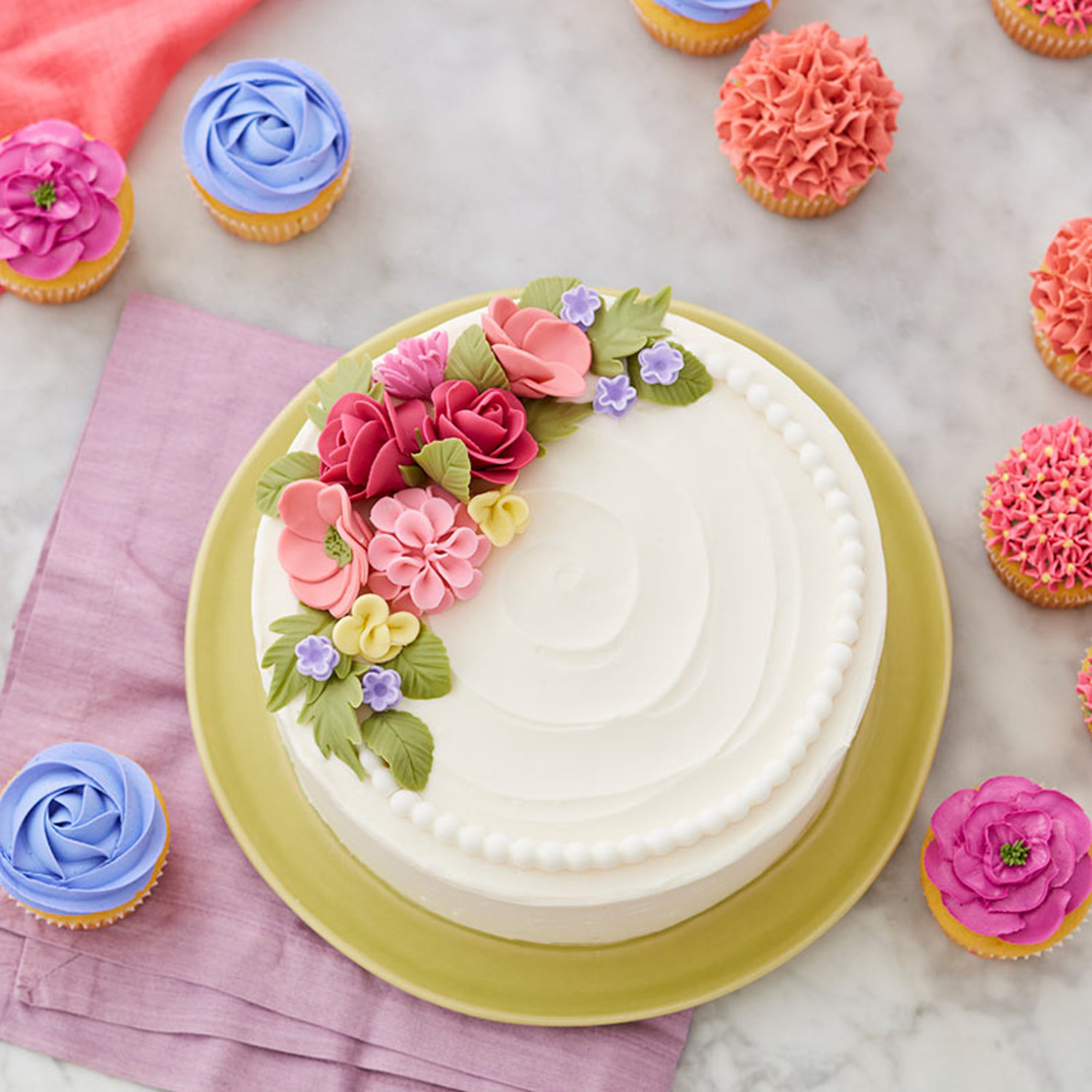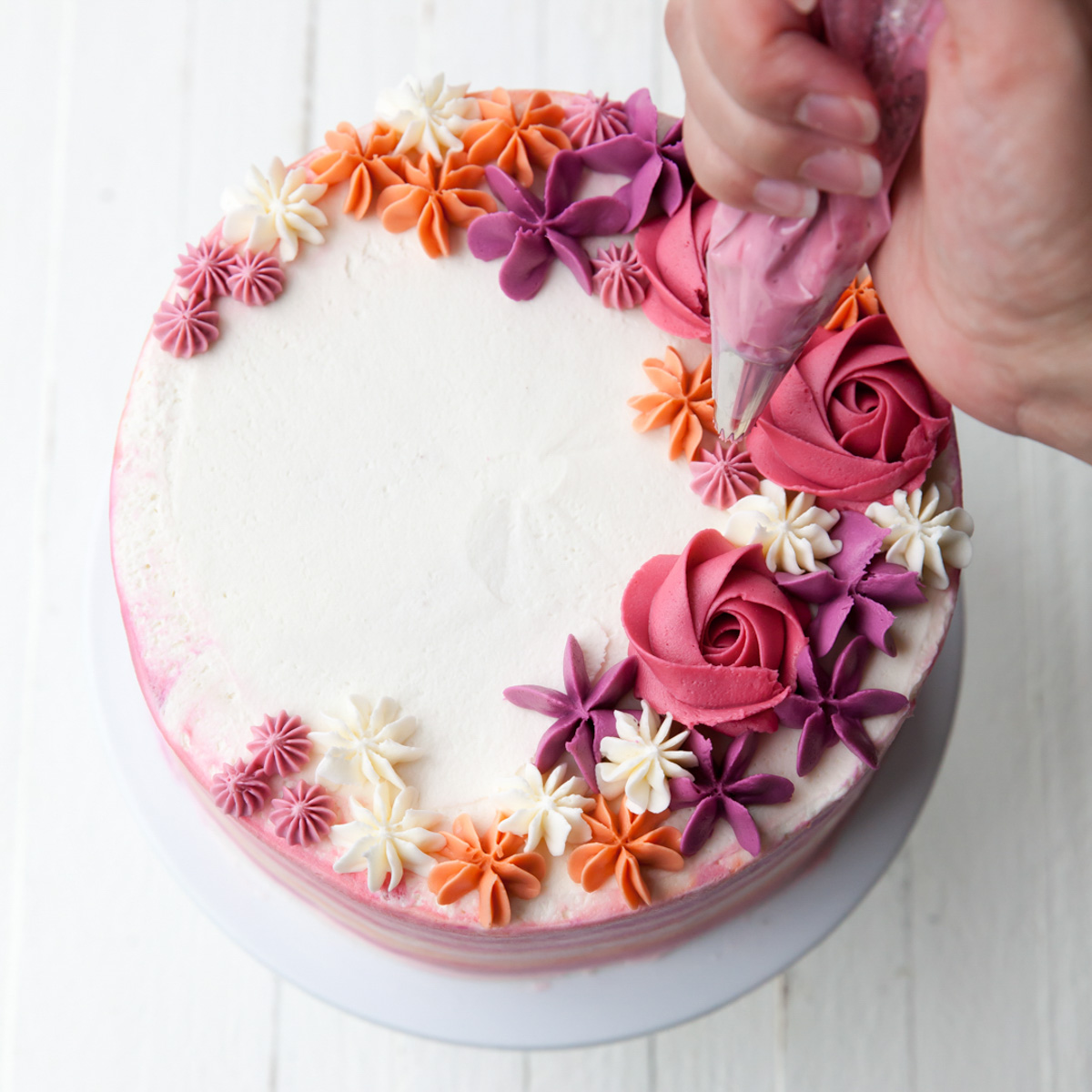If you’re like me, the joy of baking goes hand in hand with the thrill of decorating. There’s something magical about transforming a simple cake into a captivating centerpiece using flowers. In this guide, we’ll explore the various types of cake decorations flowers, techniques for application, and even some personal tips from my baking journey. Plus, I’ll address common questions to help you master this art. Let’s dive in!
Understanding Cake Decoration Flowers
Cake decoration flowers serve as the perfect embellishments to elevate your cakes from ordinary to extraordinary. They can be made from a range of materials including fondant, buttercream, and even fresh flowers. In my experiences, each type has its own charm and flair.
Types of Cake Decoration Flowers
1. Buttercream Flowers
Buttercream flowers are not only delicious but also versatile. Using various piping techniques, you can create stunning blooms directly on your cake. Here are some popular types:
- Roses
- Daisies
- Sunflowers
- Peonies
2. Fondant Flowers
Fondant flowers offer a sleek, polished look. They can be crafted into intricate designs and are often used for wedding cakes. Some common fondant flowers include:
- Orchids
- Cherry Blossoms
- Calla Lilies

3. Edible Flower Arrangements
Using real edible flowers can lend an organic, fresh aesthetic to your cake. Just ensure they are pesticide-free! Examples of edible flowers include:
- Lavender
- Calendula
- Violets
- Roses
4. Sugar Flowers
Sugar flowers require sugar paste (or gumpaste) and are similar to fondant but offer a sturdier structure. They can be manipulated into lifelike representations of flowers.

Choosing the Right Flowers for Your Cake
Choosing the right flowers involves considering the theme, color palette, and type of cake. For example, a rustic cake may pair beautifully with fresh wildflowers, while a classic wedding cake may look stunning adorned with sugar roses.
Techniques for Decorating Cakes with Flowers

Buttercream Flower Piping Techniques
If you’re interested in buttercream flowers, here’s a simple step-by-step to create a classic buttercream rose:
- Start with a base of buttercream on your cake.
- Using a piping bag fitted with a petal tip, pipe a small rosebud at the center.
- Add petals around the bud, swirling to create the appearance of rose petals.
Making Fondant Flowers
Creating fondant flowers can be a bit more complex, but here’s a straightforward way to make a simple fondant daisy:
- Roll out white fondant and cut out petal shapes using a daisy cutter.
- Create a center for the flower using yellow fondant.
- Assemble your petals around the center and allow them to dry before placing them on the cake.

Using Fresh Flowers
When incorporating fresh flowers, keep the following tips in mind:
- Ensure they are edible and free from pesticides.
- Wash and dry the flowers thoroughly.
- Place flowers strategically to complement your cake’s design.
Pros and Cons of Different Cake Decoration Flowers
| Type of Flower | Pros | Cons |
|---|---|---|
| Buttercream Flowers | Delicious, easy to customize, versatile | Can melt in heat, require skill to pipe |
| Fondant Flowers | Elegant finish, long-lasting, can be pre-made | Can be too sweet for some, require practice to form |
| Fresh Flowers | Natural look, beautiful colors, aromatic | Limited shelf-life, potential allergens |
| Sugar Flowers | Highly detailed, customizable, durable | Time-consuming to make, requires special ingredients |

Popular Cake Decoration Flower Designs
Floral Cascades
Floral cascades are a stunning way to create a waterfall effect with flowers. I’ve seen this design used beautifully in wedding cakes, where the flowers elegantly drape down the sides of the cake.

Single Flower Accent
Sometimes, less is more. A single, beautifully crafted flower can make a bold statement when placed on top of a simple frosted cake.
Mixed Floral Arrangements
A mix of different flower types can create vibrant, dynamic designs on cakes. This not only showcases your skills but also adds a personalized touch. The best part? You can color-coordinate with the event theme!

FAQs About Cake Decorations Flowers
What are the best flowers for cake decoration?
Commonly used flowers for cake decoration include buttercream roses, fondant orchids, fresh edible flowers, and sugar daisies. Each brings a unique aesthetic to cakes!
Are all flowers safe to use on cakes?
No, not all flowers are safe for consumption. It’s crucial to use edible flowers and ensure they are grown without pesticides.
How long do buttercream and fondant flowers last?
Buttercream flowers can last for a few days if refrigerated, while fondant flowers can last indefinitely if stored properly in a cool, dry place. However, always consider the shelf-life of the entire cake!
Can I make flowers ahead of time?
Absolutely! Many decorators prepare buttercream and fondant flowers ahead of time. Just ensure they’re stored correctly to maintain their freshness.
Tips for Successful Cake Decoration with Flowers
Here are some personal tips from my baking journey:
- Practice your piping skills on parchment paper first.
- Experiment with colors and textures to find what resonates with you.
- Always keep your workspace clean to avoid any cross-contamination, especially when using fresh flowers.
- Take your time! It’s better to take longer and do it right than rush through your designs.
Final Thoughts
Cake decoration with flowers is an art that not only beautifies but elevates the overall experience of cake-baking and consuming. Whether you choose buttercream, fondant, or fresh flowers, each type has its own merits. Remember, the best part is expressing your personality and creativity through your designs. Happy baking!